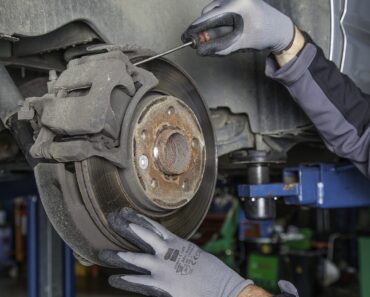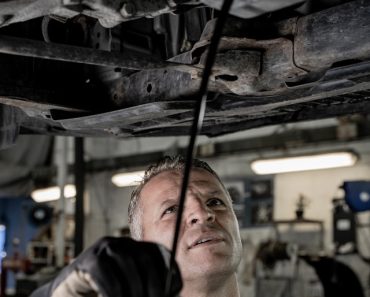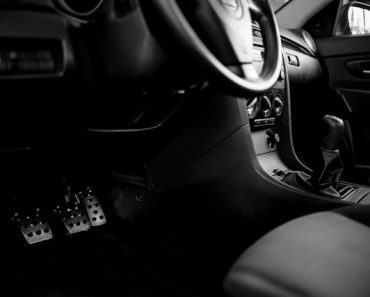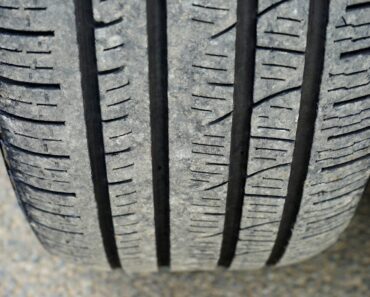Proper car handling is extremely important for the vehicle’s best performance, complete safety, and longevity. One common way most car owners make is overfilling the coolant, believing it to have no adverse effect on the car’s system. The coolant is indeed important for smooth performance and the prevention of overheating. However, overuse of the coolant can lead to many different issues, which are covered in this article in detail.
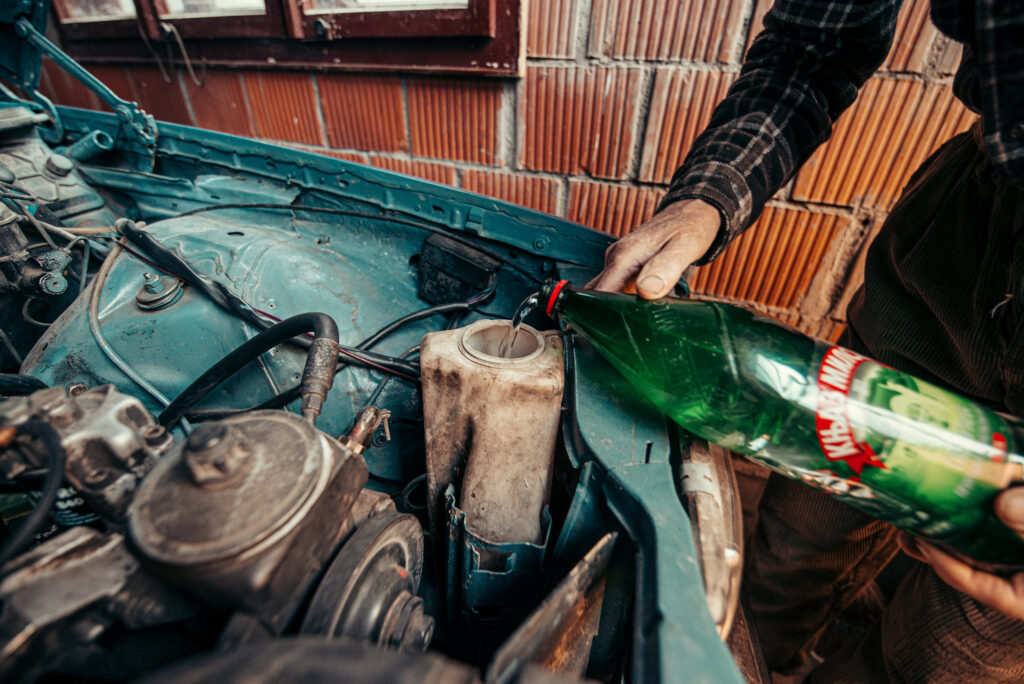
How is the Coolant Stored in the Vehicle?
Usually, the coolant used in cars expands and contracts as it gets heated and cooled, respectively. The coolant tank or the anti-freeze tank in the car is suited to the rapid expansion and contraction of the coolant inside, preventing any damage to the surrounding engine components. Therefore, the coolant tank has two separate marks. The lower mark determines the contracted coolant filling and is suited to cold engines. The upper mark is for the expanded coolant and suits a hot engine after a long drive.
Can Your Car Accommodate Extra Coolant?
In most cases, coolant tanks can accommodate some of the extra coolant themselves. However, if the coolant is too much in excess, the overflow hose expels it, leading to wastage. Notice how sometimes there is a small puddle of coolant beneath your car after a coolant refill. This puddle does not form due to some leakage. Instead, it is formed through expelled coolant from the hose.
Can Overfill Coolant Cause Damage to the Car?
If the overflow hose is blocked or the extra coolant can’t escape for some reason, it can cause damage to the coolant tank. Expansion of the extra coolant can exert excessive pressure, damaging the tank. In some cases, the coolant may not be able to expand completely.
Even if the overflow occurs, it can cause electrical damage to your vehicle’s engine wiring in case of contact.
How to Avoid Overfilling the Coolant?
Most modern cars come with sensors to determine coolant levels. Warning lights are triggered on the car’s dashboard if the coolant has reached an excessive level. Similarly, you may get a warning for low coolant levels as well. However, it is best to check the car manually from time to time. These sensors can malfunction and provide improper details of the coolant level.
Tips For Adding Coolant Correctly
Always prefer using the same color coolant as already in your engine. Water is not the best option for a regular filling. However, if you are running too low on coolant without a replacement available, use water as a last resort.
Remember, water is corrosive, while coolants are made from anti-corrosive substances, enhancing the working life of your engine. Plus, avoid filling coolant when the car is too hot. The bubbles or steam can cause serious damage and may lead to engine disturbances.
Conclusion
Avoid overfilling your coolant to prevent wastage and keep your engine safer. Let us know if more information is needed on coolant use.

